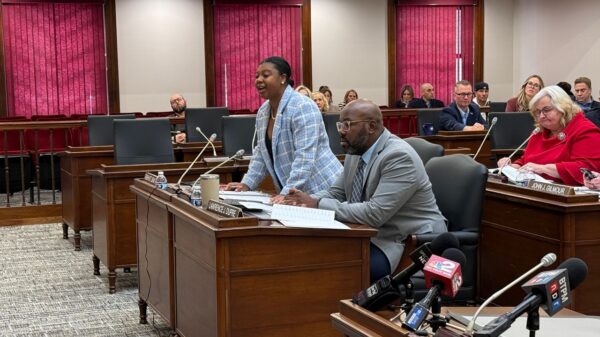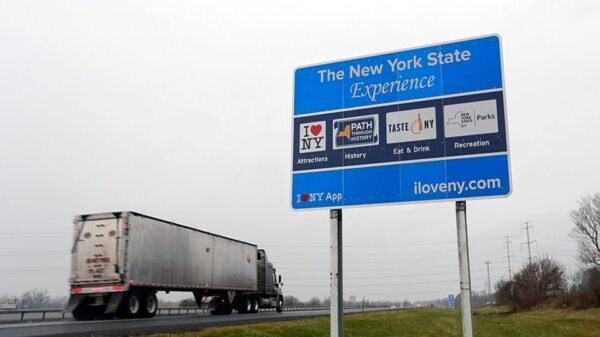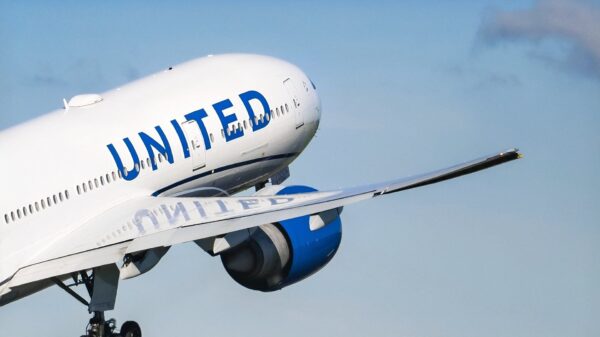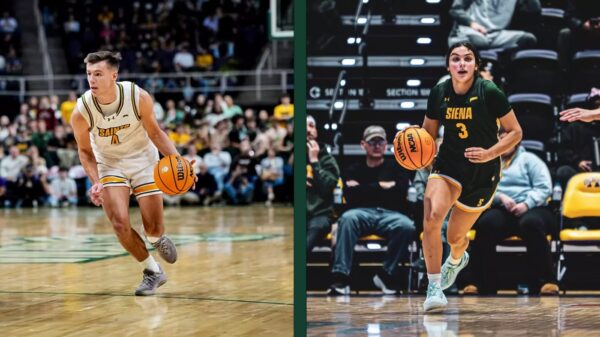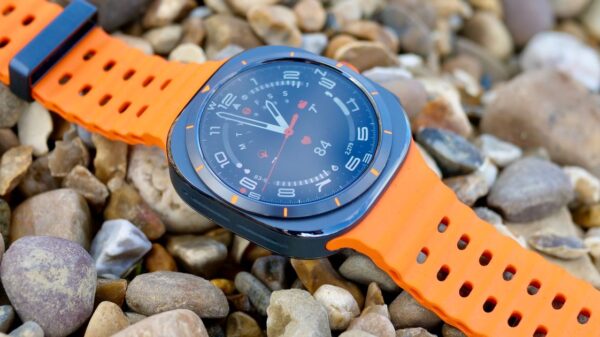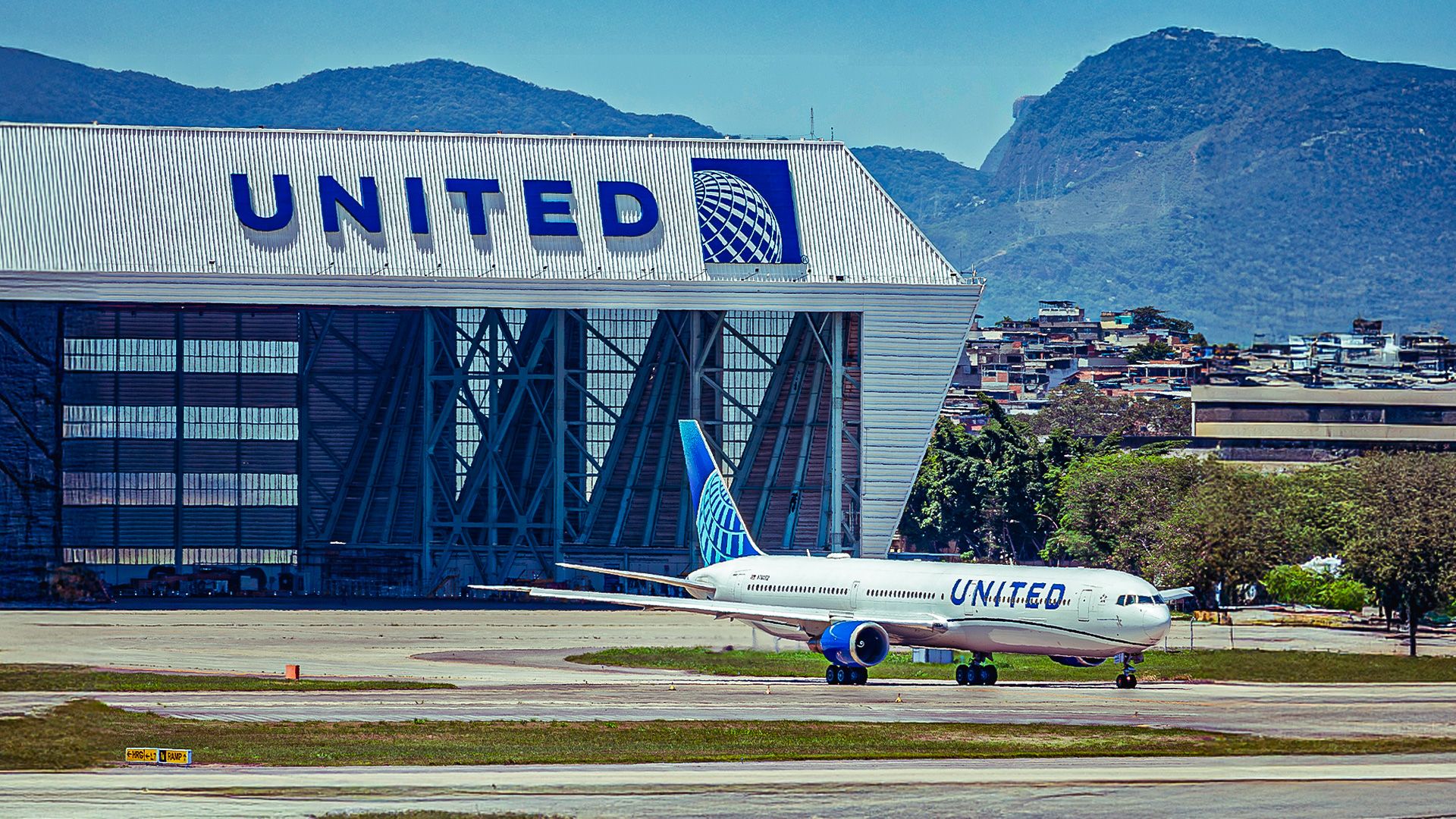United Airlines has reached a significant milestone, boasting a fleet of over 1,052 mainline commercial passenger aircraft as of March 2025. This achievement highlights the carrier’s position as one of the world’s largest airlines by fleet size. Despite retiring some aircraft earlier this year, United has continued to experience considerable net growth, solidifying its place in the aviation market.
The fleet diversity is noteworthy, featuring both Airbus and Boeing models across various categories. United’s widebody operations are entirely focused on Boeing, comprising three twinjet families: the Boeing 767, 777, and 787. Among these, the 767 is the oldest, with an average age of 29.6 years for the 37 767-300ERs and 24.1 years for the 16 767-400ERs.
The fleet’s age profile varies significantly, particularly within the 777 family. United operates 19 777-200s averaging 28.6 years, while the 55 777-200ERs average 25.6 years. In contrast, the 22 777-300ERs are much younger, with an average age of only 7.8 years. The 787 family presents a similar picture; the 12 787-8s average 12.3 years, whereas the newer 787-9s and 787-10s are aged 6.7 and 5.3 years, respectively.
Looking ahead, United Airlines is considering its future widebody operations. The airline has expressed interest in the Airbus A350, although the status of its order remains uncertain. Meanwhile, United is actively upgrading the interiors of its existing 787-9 aircraft. A spokesperson stated, “We already deliver a superior international experience and fly to the most places across the Atlantic and Pacific – these new innovations provide a more premium experience overall, give customers even more reasons to choose United, and set our airline up to grow into the next decade and beyond.”
Current Airbus and Boeing Narrowbody Fleet
United Airlines’ narrowbody fleet is predominantly comprised of Airbus aircraft, specifically the A320ceo and A320neo families. The airline operates 46 A321neos and has placed orders for an additional 206 units, including 50 A321XLRs. In terms of older models, the carrier’s A320ceo jets average over 20 years old, with the 81 A319-100s averaging 24 years.
The A320-200 model, of which United has 73 units, averages 25.8 years. Each of these twinjets features 12 first-class and 138 economy seats, while the A319-100s have a configuration of 12 first-class and 114 economy seats.
United Airlines also maintains a strong inventory of Boeing narrowbody aircraft. The airline operates 40 757-200s and 21 757-300s, both of which are among the older planes in its fleet, averaging 28.7 and 23.2 years, respectively. The 737NG family represents United’s most varied narrowbody lineup, with four variants: the 737-700, 737-800, 737-900, and 737-900ER.
The 737-700s average 26.2 years with 40 units, while the 737-800s, with 141 units, average 21.7 years. The 12 737-900s are older at an average of 24.1 years, but the 136 737-900ERs present a newer option at an average age of 12.68 years.
Looking to the future, United Airlines plans to integrate the 737 MAX family into its operations. The MAX 9 is expected to surpass the 737-900ER in numbers, with 111 aircraft currently in service, averaging three years old, alongside an additional 112 units ordered. The airline also operates 123 MAX 8s, which average 2.8 years, although it has no further orders for this model.
As United Airlines continues to evolve its fleet, the combination of new acquisitions and upgrades positions it for sustained growth in the competitive airline industry, enhancing its ability to serve a diverse range of global destinations.




